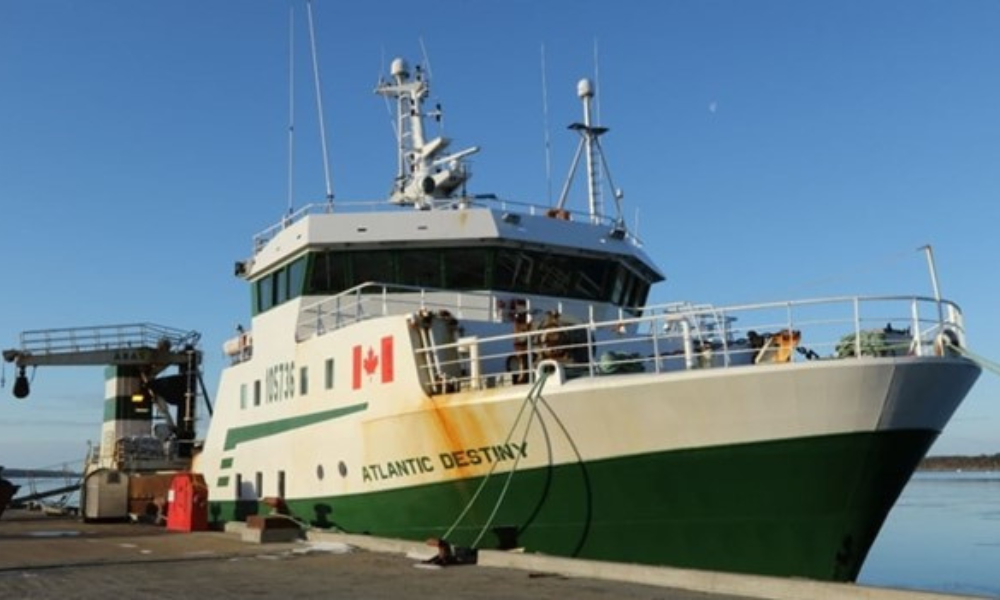Investigation into sinking of Atlantic Destiny reveals 'concerning trend'

The Transportation Safety Board of Canada (TSB) has released its investigative report into the sinking of the fishing vessel Atlantic Destiny. The report exposes a critical safety lapse surrounding the crew's knowledge of carbon dioxide (CO2) fixed fire suppression systems, bringing the importance of proper training into sharp focus.
“It’s inconsistent,” says Ken Potter, a TSB board member. “We’re hoping industry will see this and act and that the regulator, Transport Canada, will make it a priority.”
Sinking of Atlantic Destiny
On March 2, 2021, the Atlantic Destiny found itself in the throes of a maritime nightmare, some 120 nautical miles south of Yarmouth, Nova Scotia. With 31 crew members on board, the fishing vessel suffered an engine failure that would set off a chain reaction of unfortunate events.
The engine's shaft generators and associated machinery exploded, triggering a devastating fire and subsequent flooding in the engine room. “The wind was also blowing pretty hard,” says Potter, creating huge swells, “and the fire alarm was going off the entire time.”
Amidst the chaos, search and rescue authorities successfully evacuated everyone on board. However, the following day, the Atlantic Destiny succumbed to the unforgiving sea and sank.
Firefighting errors
The TSB says the automatic and manual activation of the engine safety system had failed to prevent the engine from exceeding its design limits, causing the fire.
The crew attempted to extinguish the fire using the engine room's fixed fire suppression system, designed to release a dense blanket of CO2. This would displace air and reduce the oxygen levels within the confined space to a point where combustion becomes impossible when sealed correctly.
However, crucial errors were made when the crew re-entered the sealed space multiple times to investigate water sounds from the engine room and access the auxiliary generator. These actions reintroduced oxygen into the space, dramatically reducing the effectiveness of the suppression system and, consequently, reigniting the fire.
While it is noted that the crew followed documented procedures for the use of the CO2 fixed fire suppression system, they were unaware of the imperative to wait for the space to cool before re-entering.
This lack of understanding regarding the necessary protocols for employing CO2 fixed fire suppression systems has been identified as a contributing factor in several other incidents in Canada and globally.
Better training required
In Canada, the proper use of fixed fire suppression systems falls under the purview of Marine Emergency Duties (MED) Advanced Firefighting training, a requirement mandated by Transport Canada for specific certificates of competency. Ironically, the senior deck officers aboard the Atlantic Destiny, who should have been proficient in such matters, were not subjected to MED Advanced Firefighting training. This glaring oversight meant that they had never received formal instruction in the utilization of CO2 fixed fire suppression systems.
Potter says this isn’t the first time the TSB has seen deficiencies in fire training, “it is a concerning trend when it comes to these fire suppression systems.” This has raised alarm bells for safety in the maritime industry.
Safety concerns raised by the TSB act as a critical signal to both industry stakeholders and regulators, serving as a clarion call to address potentially unsafe practices or conditions. As further data and analysis emerge, if these concerns are found to be systemic, they may ultimately lead to formal Board recommendations aimed at safeguarding future maritime operations.





